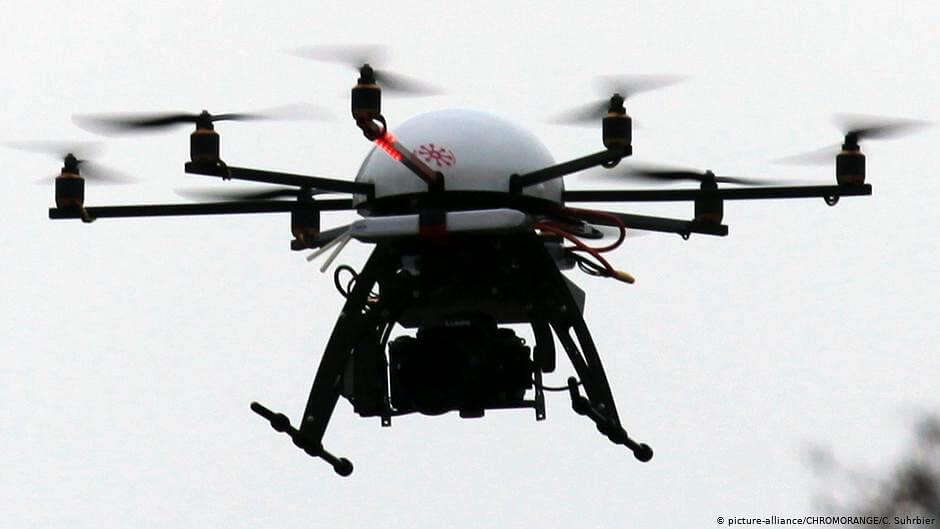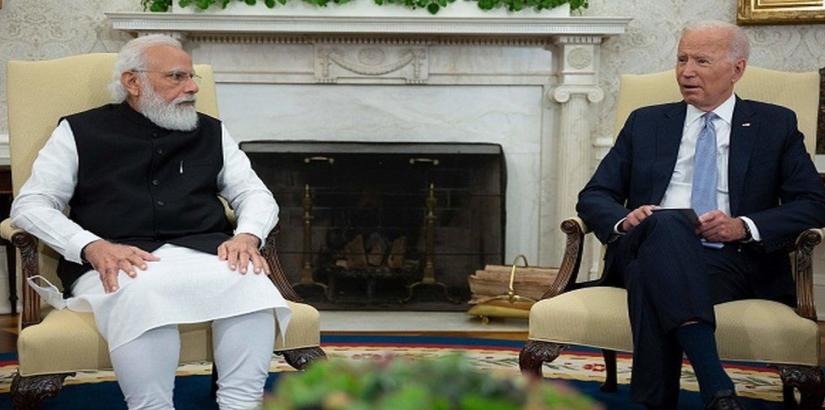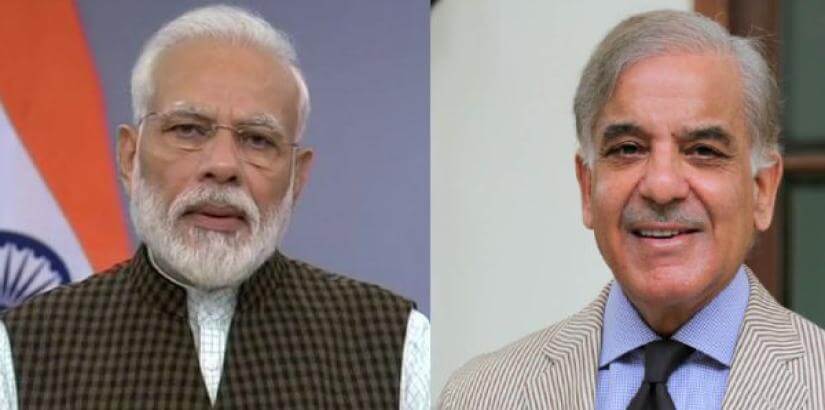Col. Anil Bhat (Retd)
Terrorism exported by Pakistan’s military to Jammu and Kashmir (J&K) did not end with the abrogation of Article 370 – which had given limited autonomy to the then state – of the Indian constitution by the Modi government on August 5, 2019. But the decisive step had its effect as the wide and intricate network of pro-Pakistan separatists got disrupted owing to arrests and detentions.
Frustrated but desperate, the Pakistan Army as also the country’s notorious intelligence agency, Inter-Services Intelligence (ISI), continued to pump in terrorists, but the Indian Army and security forces either killed or arrested most of them. It was then that Pakistan began using drones for reconnaissance and dropping drugs.
According to government figures reported in the media, there were 167 drone sightings recorded along the India-Pakistan border in 2019, and 77 in 2020. Some of these were also used for dropping/landing weapons for Pakistani/Pak-supported Kashmiri terrorists already present in J&K, or those sent after the abrogation of Article 370. One 6-rotor drone carrying weapons from Pakistan was destroyed by the Border Security Force in June 2020.
However, for the first time in over three decades of Pakistan-sponsored terrorism in J&K, an attack was launched by using a weaponized drone, which entered the Jammu Indian Air Force (IAF) Base at about 1 AM on June 27, 2021. In quick succession, it dropped an improvised explosive device (IED) which reportedly penetrated the roof of a building and then another which exploded in the open injuring two IAF personnel. This was the second attack on the Jammu IAF Base in five years.
On June 28, a day after the Jammu IAF Base attack, fresh attempts to target the Ratnuchak-Kaluchak military station in Jammu with drones were thwarted by the Army. For the fourth day in succession, drones were reportedly spotted hovering at three different places near Jammu – Miran Sahib, Kaluchak and Kunjwani.
Pakistan-China nexus
The National Investigation Agency (NIA) – central counter-terrorism law enforcement agency – began investigating the case on June 29. Media reports have cited unnamed sources to report that the drones used by Pakistan-based perpetrators may be Chinese military-grade ones fitted with night vision and navigation aids. Media reports of July 12, 2021 say the investigation has revealed that the technique of a pressure fuse used in the bombs indicates the Pakistan army and/or ISI supported the Lashkar-e-Taiba in fabricating the IEDs.
Not only was the use of a weaponized drone on the Jammu IAF base an act of war but a violation of the ceasefire agreement concluded by DGs, military operations, of India and Pakistan, effective from midnight, 24-25 February 2021.
In a bizarre twist, Pakistan countered by accusing India’s intelligence agency RAW of engineering the June 23 bomb attack near the residence of proscribed Jamaatud Dawa chief Hafiz Saeed in Lahore’s Johar Town area that killed three people and injured 24 others. And as they proceed with more violations of the cease-fire/ more attacks against India, they will keep lying about more attacks by RAW against Pakistan. This devious game only confirms that the Pakistani military/intelligence establishment is allergic to ceasefires, or feels too insecure about them lasting too long.
India can keep signing peace treaties/agreements, but it must also remember that no treaty so far since Independence has been honored by Pakistan. Every peace agreement signed by Pakistan with India has been violated by Islamabad. And the same will be the fate of the latest February agreement, the only difference being Pakistan’s use of drones, which are safe for attackers, easily deniable by perpetrators, and difficult to detect by radar.
India’s counter-strategy
Now comes the obvious question – what has India done to counter enemy drones?
Reportedly, counter-drone technology developed by the Defense Research and Development Organization (DRDO) can swiftly detect and disable or even destroy drones that pose a security threat to the country.
ThePrint, carrying an ANI report on July 2, 2021, quoted Dr. Jillelamudi Manjula, Director-General- Electronics and Communication Systems (ECS), DRDO, as stating that the D-4 drone system could detect close-range attacks like the one in Jammu on June 27.
“D-4 drone system would’ve detected attack (in Jammu) as its range is over 4 kilometers. The system aims to detect rogue drones that are likely to attack the most vulnerable places. The system has got multiple sensors and two different counterattacks to destroy the rogue drones,” she said. For Independence Day, 2020 celebrations at the Red Fort, New Delhi, DRDO reportedly deployed this device to counter the threat of drones/unmanned aerial vehicles.
The Indian Navy was the first to order in December 2021, Smart Shooter’s SMASH 2000 Plus fire control systems, to be installed mainly on AK-47 and AK 203 rifles. SMASH is a kind of electro-optic sight system.
The Print quoted Michal Mor, the company’s CEO as saying, “SMASH 2000 Plus provides an inimitable hard-kill solution against the growing threats of drones, and delivers proven ability to hit any ground or airborne targets and eliminate the threat quickly and effectively…We will be happy to keep offering the Indian Military diverse cutting-edge solutions for protection against ground and aerial threats at land, air, and sea.”
On July 6 it was reported that IAF has ordered ten counter-drone systems. Hopefully, steps that should be taken may have been taken. And the fact which has to be faced and factored in is that now, not only the Indian armed forces but also police, intelligence, and many other security-related as well as civil agencies/organizations need to become drone-conscious and be equipped accordingly to counteract the emerging threat.
This is because the Chinese Communist Party-Peoples Liberation Army combo, quite frustrated about their failed 2020 aggression, is in overdrive to cause whatever damage it can in whichever way possible to India. This involves espionage, sabotage, psychological warfare/propaganda, bio-war, cyber-war, creating crises and dissent by motivating/bribing ever-ready leftists and frustrated opposition leaders as also other gullible people, and not to forget, making good use of drones themselves and also through Pakistan.
(The writer is a strategic analyst and former spokesperson, Ministry of Defense and Indian Army.) South Asia Monitor







